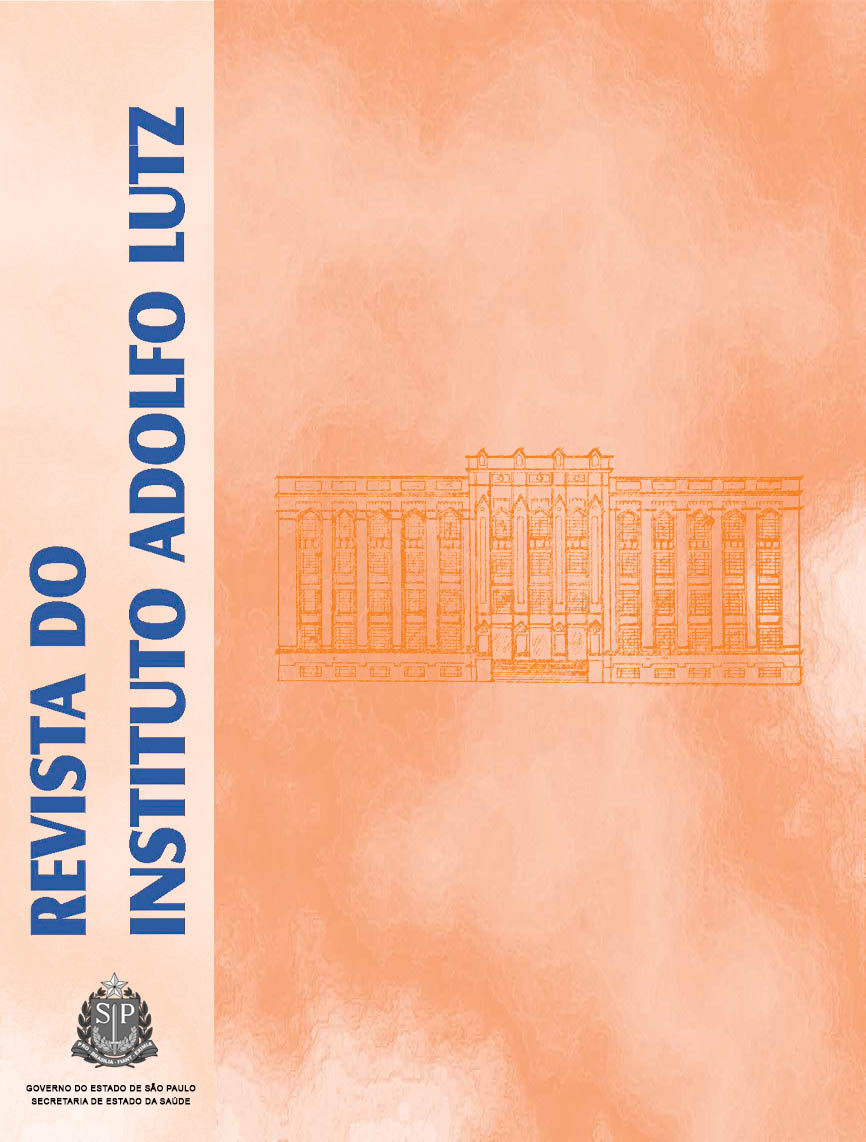Abstract
Diflubenzuron has been a pesticide that can be used in cattle breeding as insect growth regulator, and the horn fly has been an insect that can be controlled by the use of this compound. Diflubenzuron has usually been orally administered to cows, and it has been effective against Diptera larvae growing in manure. The objective of the present study was to evaluate the occurrence of diflubenzuron in milk samples collected from six Girolanda dairy cows treated with a commercial brand of diflubenzuron powder. The pesticide residues determination included the compound extraction with ethyl acetate, fat removal with hexane, and chromatography analysis by HPLC with UV detection (254nm). Diflubenzuron was not detected (<0.01 mg/kg) in any of the six analysed samples. These data indicate that the use of this compound, in adequate doses for achieving a proper insecticide effect, may result in milk considered safe regarding to the presence of diflubenzuron residues.References
1. Empresa Brasileira de Pesquisa Agropecuária -EMBRAPA - Embrapa Gado de Leite. Classificação mundial dos principais produtores de leite – 2005. Disponível em: http://www.cnpgl.embrapa.br/producao/producao.php . Acesso em 12 março 2007.
2. Bonafé VL, Carvalho MF. Mosca-do-chifre. CATI Responde, Campinas, n.5, 1996. Disponível em: http://www.cati.sp.gov.br/novacati/tecnologias/catiresponde/catiresp.html. Acesso em 12 março 2007.
3. Martins F, Silva IG. Avaliação da atividade inibidora do diflubenzuron na ecdiase das larvas de Aedes aegypti (Linnaeus, 1762) (Diptera, Culicidae). Rev Soc Bras Med Trop. 2004; 37(2):135-8.
4. Silva JJ, Mendes J. Effect of diflubenzuron o nimmature stages of Haematobia irritans (L.)(Diptera: Muscidae) in Uberlândia, State of MinasGerais, Brazil. Mem Inst Oswaldo Cruz. 2002;97(5):679-82.
5. JMPR – Joint FAO/WHO Meetings on Pesticides Residues. Pesticides residues in food 2001. Part II -Toxicological. Geneva: WHO, 2001.
6. Codex Alimentarius. Pesticides Residues in Food (MRLs/EMRLs). Disponível em: http://www.codexalimentarius.net/mrls/pestdes/jsp/pest_q-e.jsp. Acesso em 12 março 2007.
7. Corley C, Miller RW, Hill KR. Determination of N-(4-chlorophenyl)-N’-(2,6-difluorobenzoyl)-urea inmilk by high speed liquid chromatography. J AOAC Int.1974;57(6):1269-71.
8. Ivie GW. Fate of diflubenzuron in cattle and sheep. J Agric Food Chem. 1978;26(1):81-8.
9. Miller RW, Corley C, Oehler DD, Pickens LG. FeedingTH-6040 to cattle: residues in tissues and milk andbreakdown in manure. J Agric Food Chem. 1976;24 (3): 687-8.
10. Taylor JK. Quality assurance of chemical measurements.1ed. Chelsea: Lewis Publishers Inc. 1987.
11. Instituto Nacional de Metrologia, Normalização e Qualidade Industrial (INMETRO); Orientação sobre Validação de Métodos de Ensaios Químicos -Documento de caráter orientativo. DOQ-CGCRE-008, Revisão 02 - Junho/2007.
12. Horwitz W, Kamps LR, Boyer KW. Quality Assurancein the analyses of foods for trace constituents. J AOACInt. 1980;63(6):1344-54.

This work is licensed under a Creative Commons Attribution 4.0 International License.
Copyright (c) 2007 Instituto Adolfo Lutz Journal
